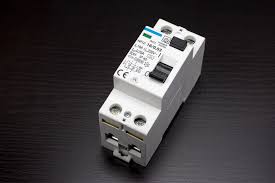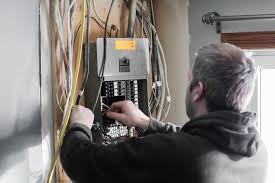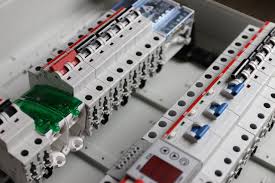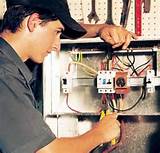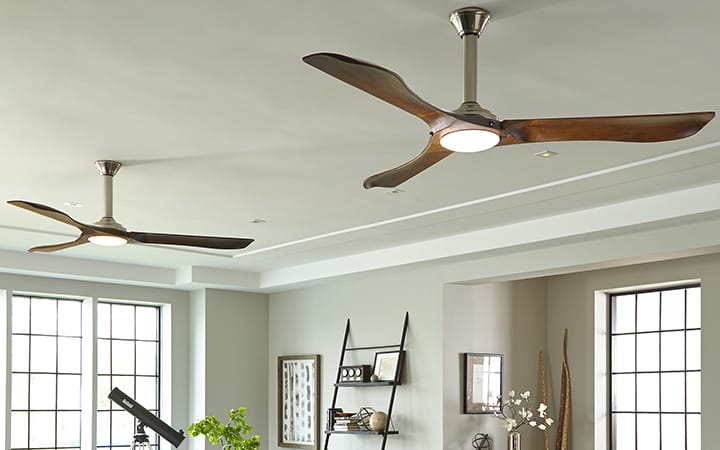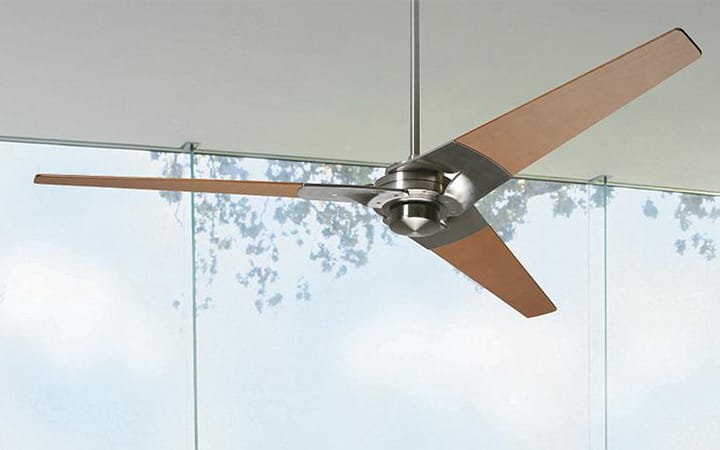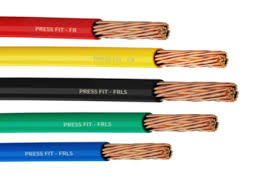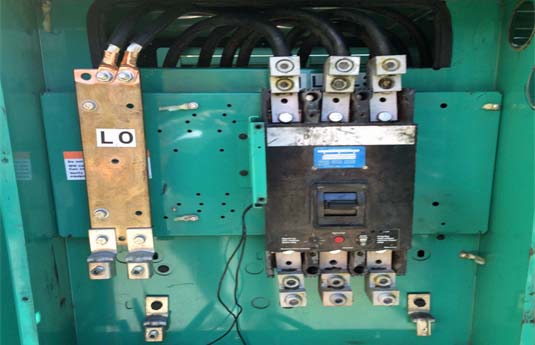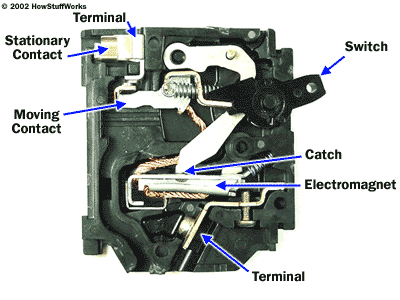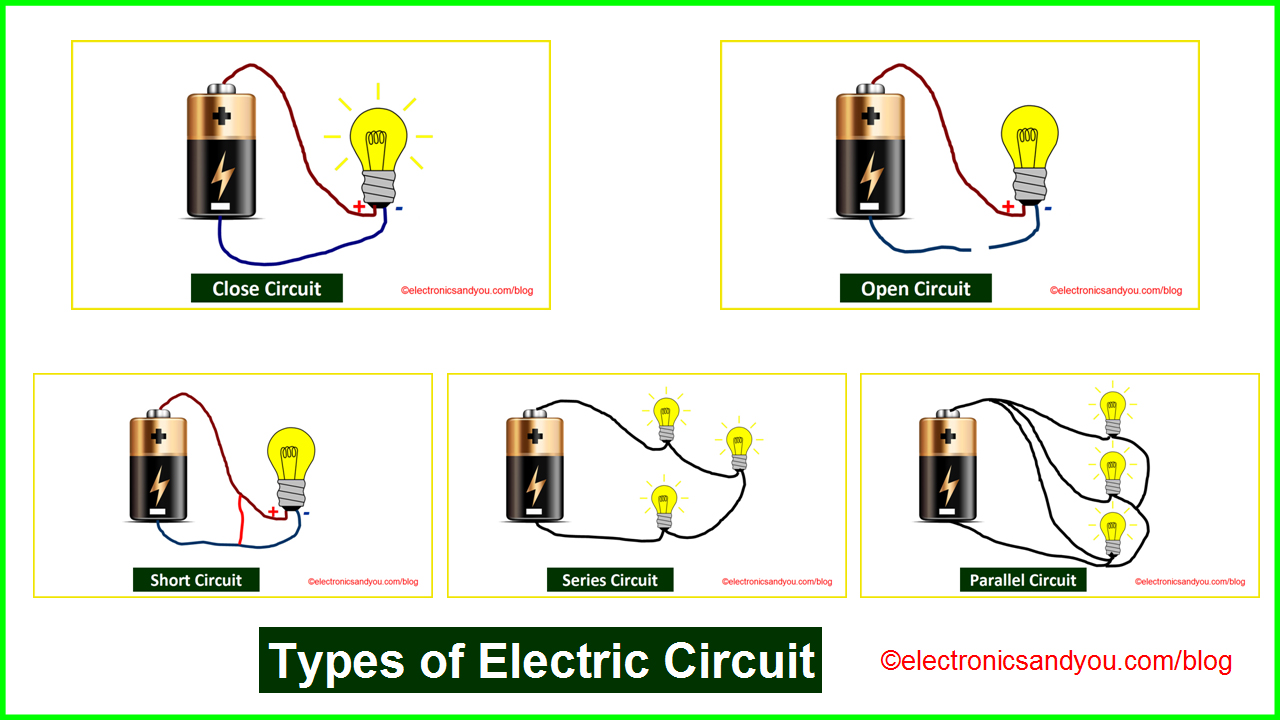COMMERCIAL ELECTRICAL RENOVATION
Are you planning to renovate your workplace? Do you need to expand your operations? Maybe you have changed your business model or recognize that it’s time to renovate that client waiting room. Be mindful of your electrical needs. We can help with electrical wiring and maintenance to your existing commercial workplace.
Commercial Electrical Upgrades
Business and telecommunications technologies updates are constantly progressing. Therefore, these upgrades often require reconfiguring your networking electrical cabling. To ensure maximum work efficiency, it’s important that as a business owner, you are keeping up with those updates. We can upgrade your business’ electrical service and infrastructure to greatly improve your connectivity and efficiency.
Commercial Retrofits
Sometimes, commercial retrofitting is a good option for an older commercial building to go through to bring that building back to code
Phone and data wiring
When it comes to phone and network installation, it seems as simple as plugging in a CAT6 cable into a modem and run it across the office. Also, it may seem as easy as taking telephone cables and running them across the office.
Office managers often overlook the differences in the types of cables. Since internet and telephone systems are different, proper installation requires different methods. Therefore, let your office manager take care of your office personnel and let the electricians take care of your wiring. We provide wiring and installation services for network cable, ethernet wiring, telephone systems, audio & visual needs and much more.
New electrical circuit installation
While single-phase electrical panels are sufficient to power residential homes, commercial buildings require more. This is because commercial needs are more demanding due to items such as large air conditioning units, large appliances, multiple computers, and even industrial machinery. As a result, commercial buildings often require 3 phase electrical panels installed by experienced commercial electrical contractors.
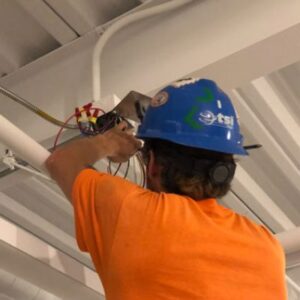
Electrical Upgrades to Consider During a Commercial Renovation
Renovations are a necessary evil most businesses have to go through eventually. If your business is growing, your building and its capabilities have to grow with it. Ideally, you’ll include enough innovation in your upgrade to keep from having to repeat the process for a number of years. The best upgrades include innovations aimed toward the future as well as needed improvements for today.
Before you finalize your plans, be sure to discuss these (and any other) changes that you want made in your commercial electric power and lighting.
Large Kitchen Appliances
When changing a building’s use from commercial sales to food service, wiring for large kitchen appliances is almost certainly necessary. If you’re adding a kitchen to any kind of commercial space, you’ll probably need three phase power, as well as additional outlets kitchen appliances such as ovens, deep fryers, and even walk-in freezers will use much more power than a typical retail space includes. Wire your kitchen area with more power outlets than you think you’ll need. If your business takes off, you don’t want to have to spend all that new profit on another upgrade in a couple of years.
Dedicated Circuits
If your business includes any kind of computer usage or computerized cash registers, your data and power usage is only going to increase as the years go on. Dedicated data circuits ensure that generalized power surges are less likely to damage electronic equipment than if they were all on one circuit with the rest of your equipment. Separate the areas of your business, including areas of high data usage, into a line of dedicated circuits that will help to ensure stable power quality all the time.
HVAC
Heating and air-conditioning are likely a big part of your power usage, and are likely to remain so in the future. The newer thermostats with timers and smart technology can pay for themselves in a surprisingly short amount of time. By changing the time and temperature the furnace and air conditioner work and coordinating it with your workday, you can save a substantial amount of money on your power bill. Have your electrical contractors update the wiring to the systems, as well as leaving space for future smart technology.

REMODELS & NEW CONSTRUCTION
The electrical infrastructure throughout your building is the foundation that keeps your business operating at peak performance. From expanding current locations, to renovating current ones certified technicians ready to help you every step of the way. As technology evolves, so does the electrical infrastructure needed to support a range of hardware and lighting.
Every renovation requires a thorough analysis to ensure all the additional additions to the building can be appropriately and safely powered have an array of electrical projects ranging from corporate offices, to warehouses, to small auditoriums, to stadiums. Our team has everything you need to ensure every aspect of your project is achievable, on budget, and without the need for downtime.
ELECTRICAL NEW CONSTRUCTION EXPERTS
Every new construction project starts with designing an electrical plan capable of handling all the power needs for today and tomorrow’s technology. We know technology is constantly advancing, which is why we help you understand what is necessary for today, as well as what is needed when preparing for upgrades in the future. A perfect example of this would be considering smart commercial electrical services to increase efficiency. Simply upgrading lighting and appliances can improve productivity and decrease power usage.
REMODEL AND NEW CONSTRUCTION SERVICES:
Fire Alarms & Security
Exterior Lighting
Energy-Efficient Lighting
LED Warehouse Lighting
Parking Lot Lighting
Security Lighting
Commercial Surge Protection
Power Supply Systems
Commercial Panels
Backup Generators
Smart Lighting & Access Control
Remodels/Upgrades/Floor Heat
Remodeling a commercial space is a hefty project that requires extensive work. However, as you adapt, improve, or expand a building, you must consider updating the electrical system as well. will ensure that we install an electrical system that is up to current local code and prepared to handle the demands of your remodeling project. We’ve been assisting general contractors and builders throughout the areasince 2013 and are dedicated to providing quality service each and every time. We are a business, and we understand the importance of limiting any downtime and preserving your bottom line, which is why we work closely with you to complete all your electrical remodeling requirements on time and on budget.
Commercial Electrical Remodeling Services
If the building that you’re remodeling suffers from frequently tripped breakers and other electrical problems, it could be because of faulty wiring. Our electricians can perform a thorough inspection to determine whether rewiring is necessary. If it is, we’ll rewire your entire building so that it is capable of handling the business’s electrical demands. During this time, we will also adapt new outlets and any other fixture installations, such as lights and ceiling fans, to the new wiring pattern. We will also disconnect and reconnect any machinery and can assist with all server room or IT needs.
When to Seek Out Commercial Electrical Upgrades
Even an expertly designed commercial electrical system would eventually need an upgrade to better handle the electrical demands of the building. Electrical upgrades are important because they improve the safety and functionality of a commercial or industrial space.
suggest getting commercial electrical upgrades when:
There doesn’t seem to be enough power for your daily activities and tasks
Your lights are constantly flickering or going out, especially when a large machine or appliance is turned on
Your equipment shuts off for no reason
You must run extension cords between circuits in an attempt to balance the load
Your breakers frequently trip when you try to run all your electrical devices at once
Your breakers fail and your equipment overheats
You notice your electrical panel or wiring contacts show signs of deterioration or corrosion
You notice melted wires or wiring insulation
You need surge protectors on every outlet
Even if you’re not experiencing any of these issues, it’s a good idea to consider an electrical system upgrade when you’re installing newer equipment so you can be sure it can handle the load. This is especially the case if you’re installing a new air conditioning unit or electric heating.
Electrical Remodeling Tricks, Tips, and Hacks
When it comes to minor electrical upgrades and remodeling projects, less is often more. That is, the less you can mess with the existing fixtures and wiring, the better. If something is unsafe or improperly wired, of course, you should replace it. But if you just need to add a light here, an outlet there, it can pay to look for ways to streamline the process. The following tips can help.
tend to think room by room, forgetting that an interior wall is nothing more than some framing and two layers of drywall (or plaster). Electrical wiring runs inside the walls and can be accessed from either side. So if you need to add an outlet (receptacle) to a room that has no nearby outlets, check the opposite side of the wall. If there’s an outlet (or a light switch) close by, you can cut a hole in the wall behind the outlet box to tap into the circuit. Just be sure you know what circuit you’re tapping into, and don’t exceed its safe load limit by adding a new outlet.
Sometimes ceiling lights aren’t where you want them to be. But you may find that you can move a ceiling light surprisingly far without adding more wire or running a new circuit. The electrical runs in your attic often have some room for movement. You can increase this by removing a few of the staples that secure the electrical cable to the framing. Be sure to re-fasten the cable with staples after you’ve moved the fixture.
non-permitted electrical work in residences isn’t uncommon. For small jobs, like adding an outlet, it’s likely that you don’t even need a permit to do the work. However, for more major electrical work, like adding new circuits or installing a subpanel, you most certainly will need a permit. And permits usually mean working with a licensed electrician.
However, in some areas, homeowners can legally do their own electrical work and get fully permitted and approved. The bar to this is a homeowner’s electrical exam. It’s not standard everywhere but is growing in use. A homeowner studies up for the test and pays a nominal fee. They then take a test consisting of 10 to 20 questions, usually at the permitting office. If you’re qualified to do the work yourself, you’ll save the cost of hiring a pro. If you’re not qualified, use an electrician.
